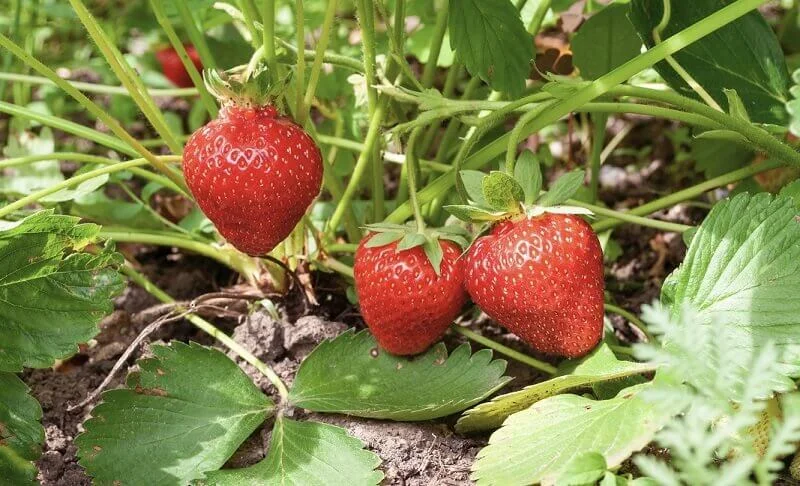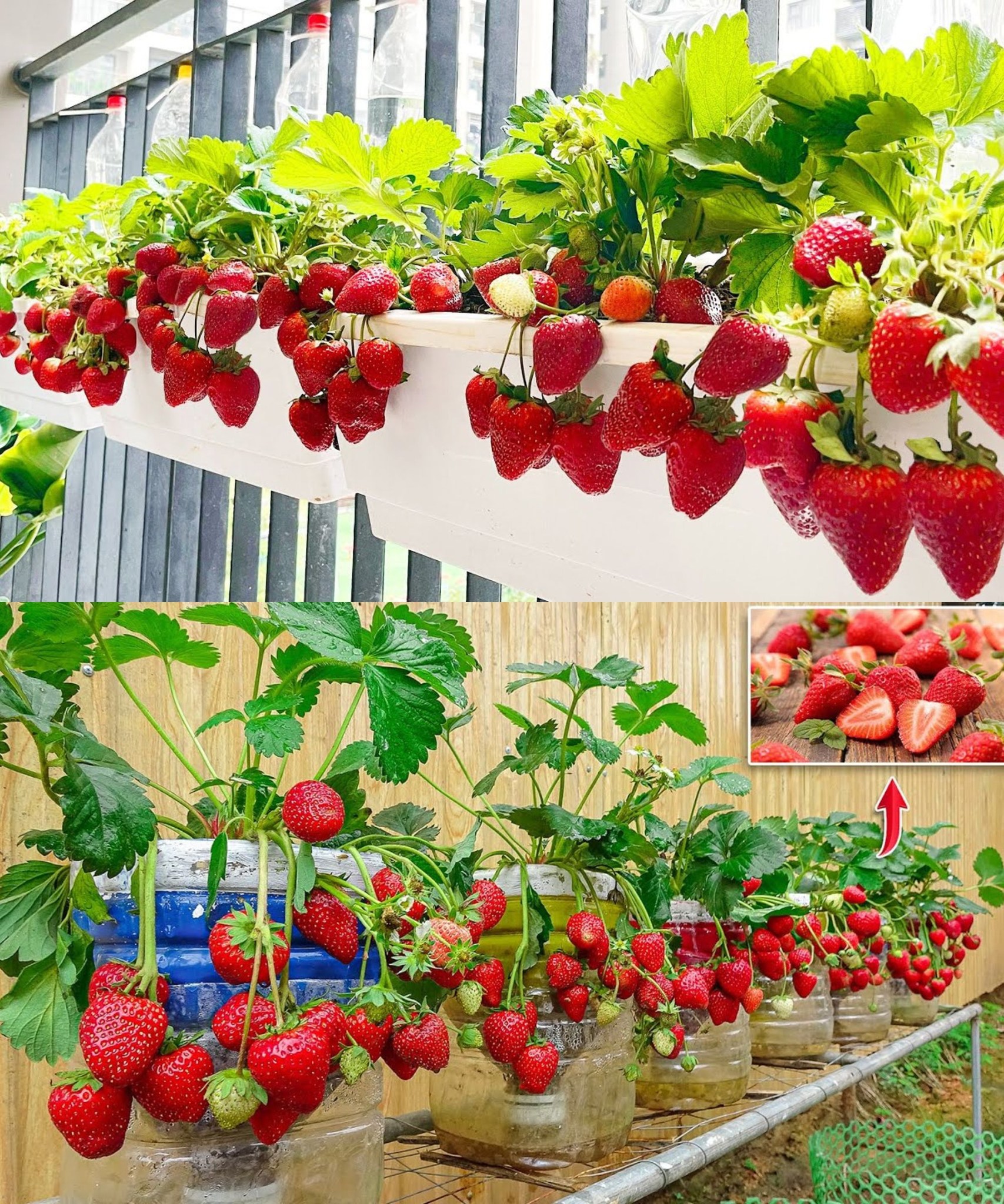
Embarking on the journey of cultivating healthy and luscious strawberries in your garden is not just a horticultural endeavor; it’s an opportunity to bring nature’s sweetness to your fingertips. With the guidance of expert tips, you can transform your garden into a flourishing haven for these delectable berries. From selecting the right varieties to mastering the art of harvesting, each step contributes to the creation of a vibrant strawberry patch that promises both visual delight and a harvest of delicious, homegrown goodness. Join us as we delve into ten invaluable tips from the experts, unlocking the secrets to cultivating thriving strawberry plants and savoring the fruits of your labor.
- Choose the Right Variety: Select strawberry varieties that are well-suited to your climate and soil conditions. Some varieties thrive in warmer climates, while others are better suited for cooler regions.
- Optimal Planting Time: Plant strawberries in early spring or late summer, depending on your local climate. This allows the plants to establish strong roots before the growing season or winter.
- Well-Drained Soil: Ensure that the soil is well-drained and rich in organic matter. Strawberries prefer slightly acidic soil with a pH between 5.5 and 6.5.
- Sunlight Exposure: Plant strawberries in a location that receives full sunlight for at least 6-8 hours a day. Adequate sunlight is crucial for healthy fruit development.
- Proper Spacing: Space strawberry plants appropriately to allow for good air circulation. This helps prevent diseases and ensures each plant receives sufficient sunlight.
- Mulching: Apply a layer of straw or mulch around the strawberry plants to suppress weeds, retain moisture, and protect the fruit from direct contact with the soil.
- Consistent Watering: Keep the soil consistently moist, especially during the flowering and fruiting stages. However, avoid waterlogged conditions, as strawberries are susceptible to root diseases.
- Feeding Schedule: Fertilize the strawberry plants regularly with a balanced fertilizer, following the recommended application rates. This helps promote healthy growth and abundant fruit production.
- Pest and Disease Management: Monitor your strawberry plants for pests like aphids and diseases such as gray mold. Take preventive measures, such as using neem oil or organic fungicides, to keep these issues at bay.
- Harvesting Technique: Harvest ripe strawberries carefully to avoid damaging the delicate fruit. Pick them in the morning when they are cool, and handle them gently to preserve their quality.
By following these expert tips, you can cultivate a thriving strawberry garden and enjoy a bountiful harvest of delicious, healthy berries.
